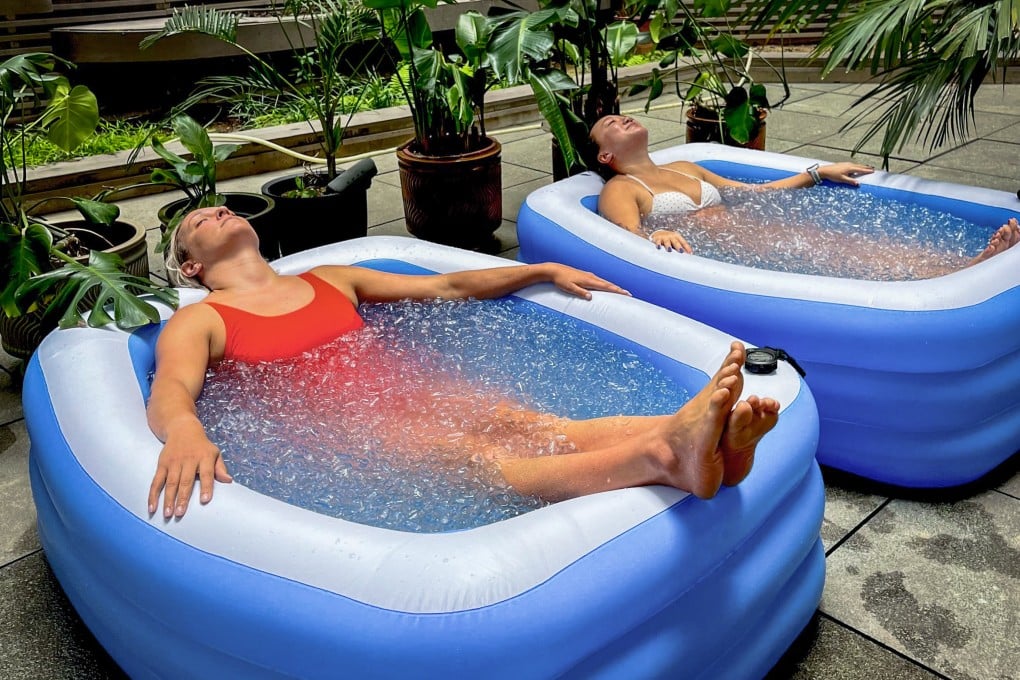How ice baths can help you conquer stress and find inner peace
Once a tool for athletes, cold therapy is now a wellness trend, promising benefits like reduced inflammation, improved sleep and stress relief

Evidence of cold therapy used as a medical treatment can be found in Egyptian papyrus dating as far back as 3,500BC. But, the practice of ice baths gained popularity in the 2000s, particularly in athletic training, as a tool to enhance recovery and optimise performance. Today, ice baths, also known as cold plunges, are being increasingly offered in spas, resorts and wellness retreats.
According to a study published in the journal Biology in 2023, short-term effects of cold-water immersion include feeling more active, alert, attentive and inspired. By constricting blood vessels and reducing blood flow, cold exposure also helps decrease inflammation and muscle soreness – similar to how we would ice an injury to prevent swelling. Other studies in cold stimulation have shown improvement in sleep quality, and activation of the vagus nerve, which regulates the nervous system, thus training your body to relax during stress.

During my second ice-bath experience, in Bali, Indonesia, I learned that deep breathing is a key component of the process. This time, I worked with Keiko Takahashi, the founder of Hong Kong-based Breath of Life Ice Bath and a certified breathwork practitioner. Takahashi developed the Breath of Life Cold Meditation method after overcoming a particularly challenging period in her life.
“I learned about my body and trauma,” says Takahashi. “I studied polyvagal theory, hormesis and the Japanese misogi ritual, and how the cold cannot only reset the nervous system but also build resilience and release stress held within the body.”
Inside a beautiful Bali villa, Takahashi led a small group of us through a guided ice bath meditation. After filling the standing tub with bags full of ice, we started with a grounding meditation in the balmy sun. We practised the breathing pattern we were to use inside the bath, and took a few quiet moments to observe our emotions and bodies.
